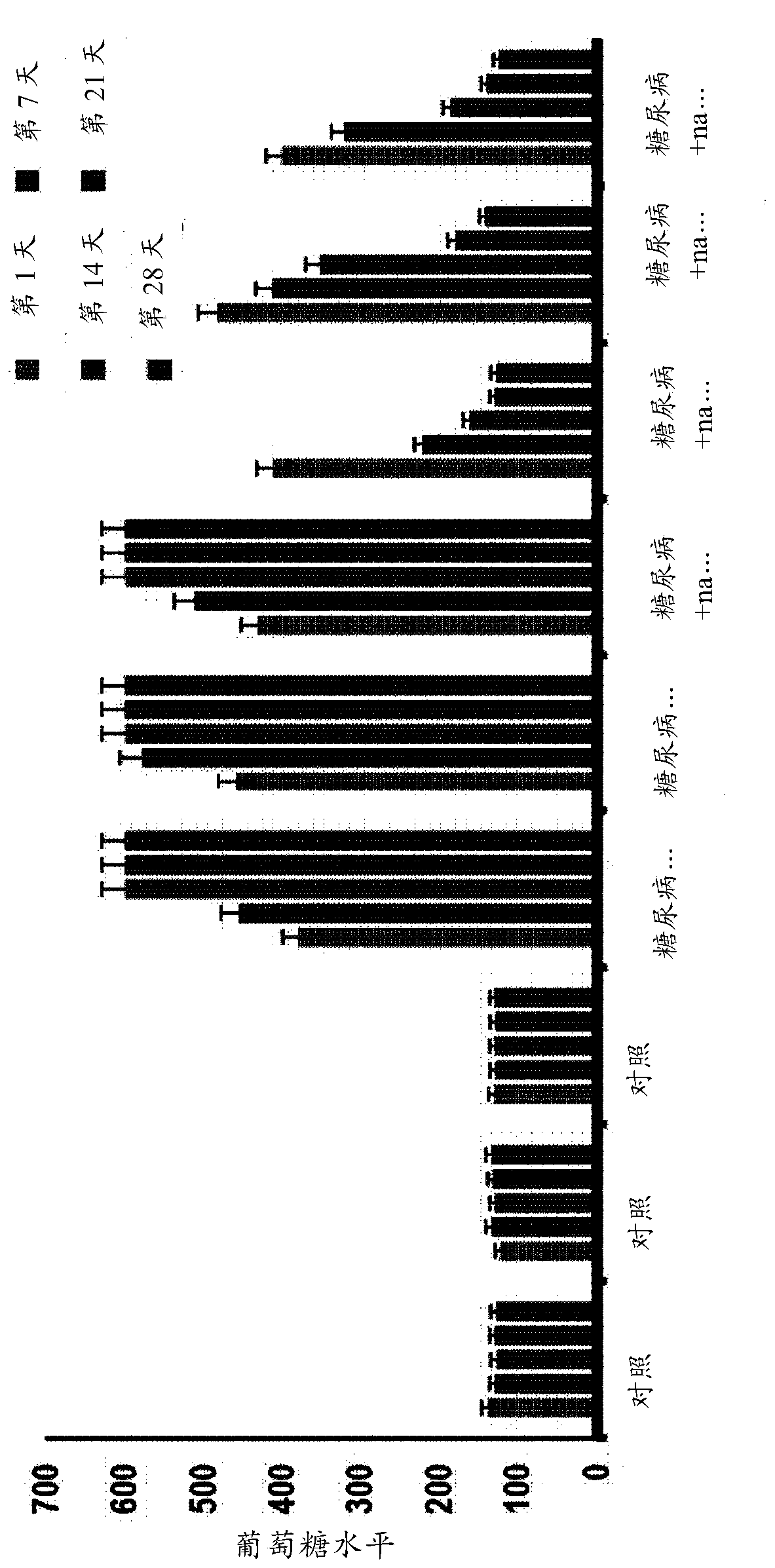Biomarker sbp1 for early diagnosis of renal diseases, and use thereof
A technology for early diagnosis of kidney disease, applied in the field of biomarker composition, selenium binding protein 1, can solve the problems of missing the best time to treat renal dysfunction, and achieve high sensitivity and specificity
- Summary
- Abstract
- Description
- Claims
- Application Information
AI Technical Summary
Problems solved by technology
Method used
Image
Examples
Embodiment 1
[0106] Example 1. Experimental Animals and Methods
[0107] Using male SD rats (6 weeks old, male Sprague-Dawley rats) purchased from Charles River Laboratories (Orient, Seoul, Korea), experiments were performed in accordance with the guidelines of the Experimental Animal Testing and Research Ethics Committee of Sungkyunkwan University .
[0108] 1-1. Preparation of animal model of diabetes
[0109] In one embodiment of the present invention, a diabetic animal model administered with STZ and a diabetic model using Zucker diabetic fat (ZDF) rats were prepared as diabetic animal models.
[0110] First, as a STZ-administered diabetic animal model, a single dose of STZ (50 mg / kg) was administered intraperitoneally (I.P.) to Sprague-Dawley rats (white), and blood glucose levels were measured daily to assess whether the blood glucose levels were increased sufficiently to confirm The incidence of diabetes was increased (approximately 5-fold increase), and here, some experimental gr...
Embodiment 2
[0124] Example 2. Validation of animal models of diabetes and renal failure
[0125] 2-1. Validation of the model with STZ-induced diabetes
[0126] In order to verify the animal model of diabetes induced by the administration of STZ according to Example 1-1 of the present invention, by designing Figure 1A Experiments were carried out on the experimental model described above.
[0127] results, such as Figure 1B and 1C As shown, in the control, a normal blood sugar level was shown, but in the STZ-administered animal group, the blood sugar level was increased by about 6 times or more (600 mg / dL or more) compared to the control. However, in the experimental group of diabetic animals treated with antidiabetic drugs, it was confirmed that the blood sugar level gradually decreased on the 7th, 14th and 21st days, and almost decreased to the normal level on the last day (28th day). In addition, by measuring microalbumin in urine, which is one of the most important factors of dia...
Embodiment 3
[0145] Example 3. Problems using conventional markers for renal dysfunction
[0146] According to this Example of the present invention, it was confirmed whether the type II diabetic renal failure animal model has renal failure due to diabetes, as clinically indicated. As a result, it was demonstrated that both types (type I and type II) of the diabetes model have renal dysfunction. Thus, it was confirmed that BUN, creatinine, and microalbumin, which are markers for diagnosing renal function, were significantly detected in diabetic rats.
[0147] In addition, in routine tests for the diagnosis of renal dysfunction, cisplatin / HgCl is diagnosed by measuring representative markers 2 The representative markers such as serum creatinine (SCr), BUN and glucose contained in the urine, LDH, aspartate aminotransferase (AST) and total protein.
[0148] 3-1. Confirm that heavy metals (mercury, HgCl 2 ) induced chronic renal dysfunction
[0149] Subsequently, after oral administration ...
PUM
 Login to View More
Login to View More Abstract
Description
Claims
Application Information
 Login to View More
Login to View More - R&D
- Intellectual Property
- Life Sciences
- Materials
- Tech Scout
- Unparalleled Data Quality
- Higher Quality Content
- 60% Fewer Hallucinations
Browse by: Latest US Patents, China's latest patents, Technical Efficacy Thesaurus, Application Domain, Technology Topic, Popular Technical Reports.
© 2025 PatSnap. All rights reserved.Legal|Privacy policy|Modern Slavery Act Transparency Statement|Sitemap|About US| Contact US: help@patsnap.com



